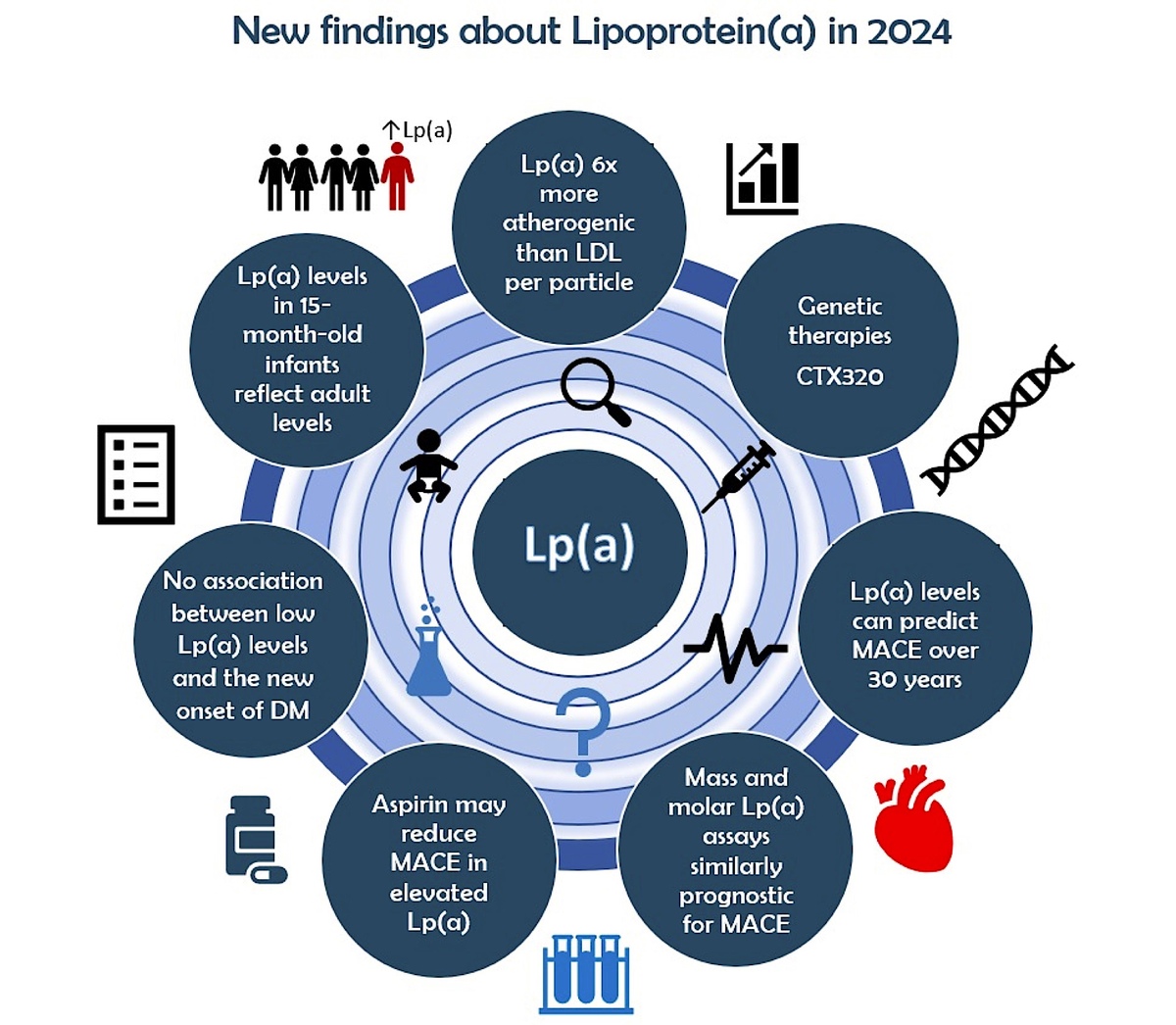Current issue
Archive
Manuscripts accepted
About the Journal
Editorial office
Editorial board
Section Editors
Abstracting and indexing
Subscription
Contact
Ethical standards and procedures
Most read articles
Instructions for authors
Article Processing Charge (APC)
Regulations of paying article processing charge (APC)
LIPID DISORDERS / STATE OF THE ART PAPER
2024: The Year in Cardiovascular Disease - The Year of Lipoprotein(a) – Research Advances and New Findings.
1
Department of Preventive Cardiology and Lipidology, Medical University of Lodz (MUL), Poland, Poland
2
CGH Medical Center, Sterling, IL, USA, United States
3
Ciccarone Center for the Prevention of Cardiovascular Disease, Johns Hopkins University School of Medicine, Baltimore, MD, USA., United States
4
Emory Clinical Cardiovascular Research Institute, Emory University School of Medicine, Atlanta, GA, USA, United States
5
Lipoprotein Metabolism Laboratory, Translational Vascular Medicine Branch, National Heart, Lung, and Blood Institute, National Institutes of Health, Bethesda, MD, USA., United States
6
Faculty of Medicine, the John Paul II Catholic University of Lublin (KUL), Lublin, Poland, Poland, Poland
7
Department of Cardiology and Adult Congenital Heart Diseases, Polish Mother’s Memorial Hospital Research Institute (PMMHRI), Lodz, Poland., Poland
Submission date: 2024-12-07
Final revision date: 2025-02-09
Acceptance date: 2025-02-20
Online publication date: 2025-02-22
Corresponding author
Bożena Sosnowska
Department of Preventive Cardiology and Lipidology, Medical University of Lodz (MUL), Poland, Lodz, Poland
Department of Preventive Cardiology and Lipidology, Medical University of Lodz (MUL), Poland, Lodz, Poland
KEYWORDS
TOPICS
ABSTRACT
Elevated plasma Lp(a) levels, which occur in as many as 1.5 billion people worldwide, are an independent and causal risk factor for atherosclerotic cardiovascular disease and calcific aortic valve disease. Unlike low-density lipoprotein cholesterol, Lp(a) levels are approximately 90% genetically determined. Currently, no approved pharmacological therapies specifically target lowering Lp(a) concentrations. Several drugs, mainly RNA-based therapies, that specifically and potently lower Lp(a), are under investigation. Three of these new therapeutic agents are advancing through clinical development to evaluate whether reducing Lp(a) levels can decrease cardiovascular risk. The outcomes of these trials could potentially transform cardiovascular disease prevention strategies; however, once approved, the drugs will likely be used for secondary prevention and ongoing strategies for managing elevated Lp(a) in primary prevention will be important. Lipoprotein(a) research is a rapidly evolving field, but unanswered questions remain concerning the physiological function of Lp(a) and its true pathogenic mechanisms.
Share
RELATED ARTICLE



